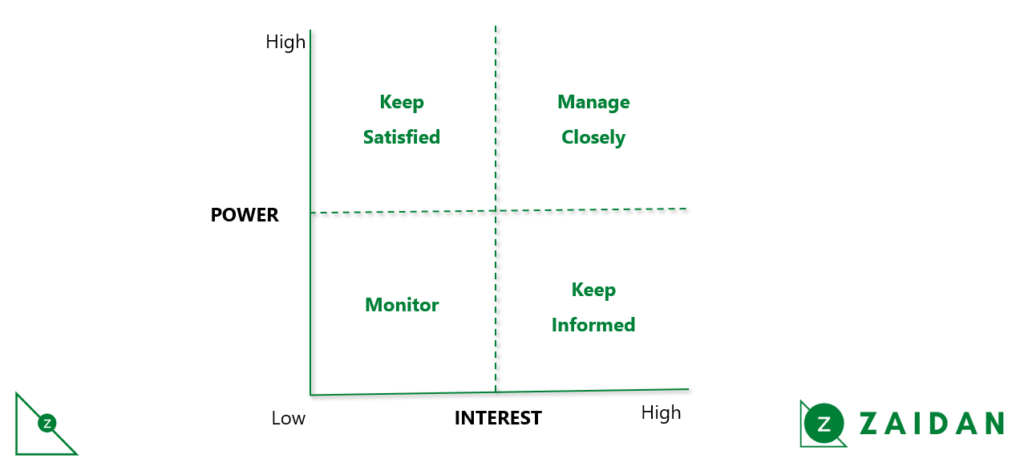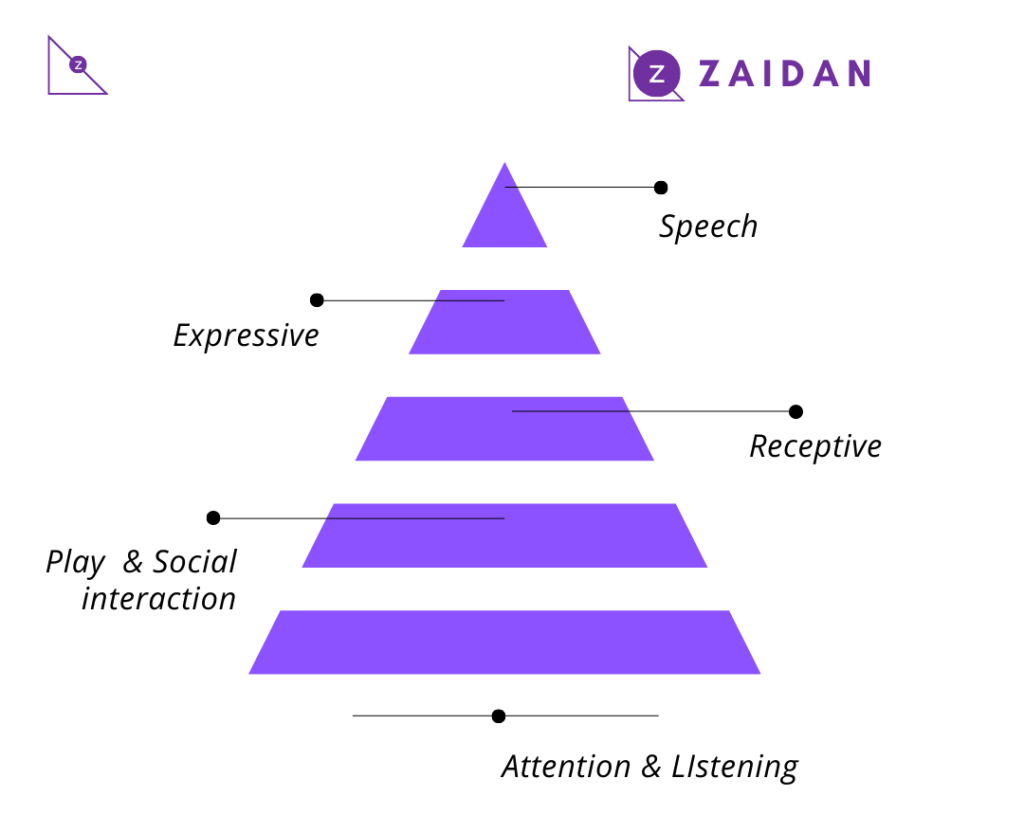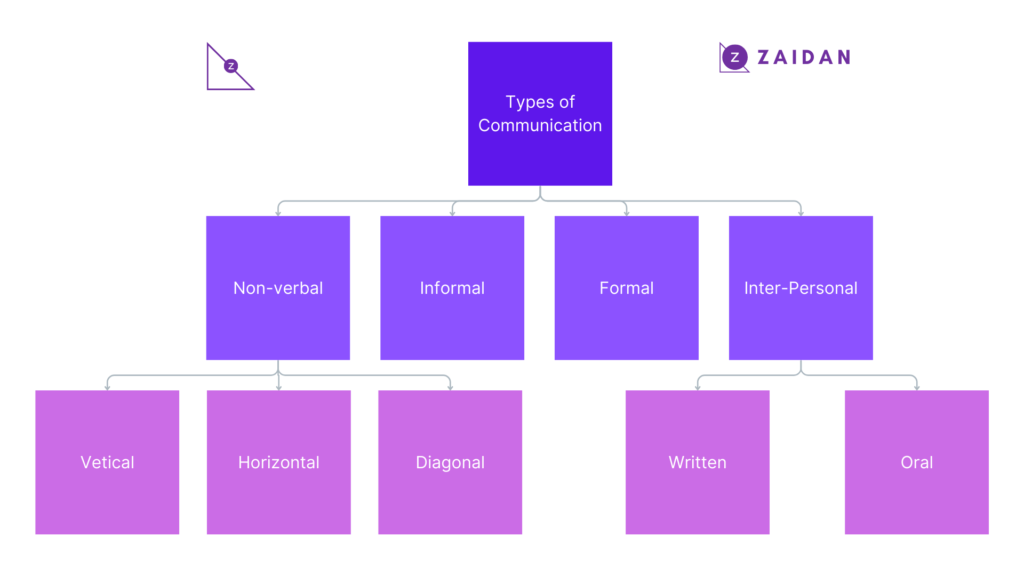Stakeholder management! This topic looks so easy and feel like there is nothing much to discuss about it. But I feel this is one of the important aspects for the project to be successful.
Who is the stakeholder?
Going by the book, it is a resource affected/benefited by the project. Most of the time we mostly concentrate on the stakeholders who are beneficiaries and at times we couldn’t identify the stakeholders who are affected by the project. There could be many strategies to engage the Stakeholders in the project here I am sharing my experience of 5 essential strategies of stakeholder management.
1. Identify Stakeholders
According to me Identifying the correct stakeholders is key to the success of the project. So, the very next question is how to identify them? As stated in PMP or ACP there are many tools & techniques to identify the stakeholders and the most important aspect is it is not a one-time task. We might need to do this on a frequent basis to identify the stakeholders.
The advantages of identifying the right stakeholders will help you in identifying the risks & provide valuable insights. Knowledge sharing about relevant processes could be specific to industry and will help the team. They bring more ideas.
We can identify the Stakeholder by going through Project charter, Enterprise Environmental factors, OPAs, Interviewing the influencers, Asking questions, Brainstorming.
List of Stakeholders that can be part of your project:
- Customers
- Investors
- C Suite & leadership team
- Creditors (Banks)
- Government & regulation authorities
- Employees
- Vendor, Suppliers, Distributors
- Shareholders
- Competitors
2. Prioritize the stakeholders:
Once we identify the list of Stakeholders, review it with your team and see if we can segregate them based on their priorities and their influence on the project. All the Stakeholders will not have equal weightage in the project so it is better to address them according to their need and their value addition to the project. We can use Power/Influence grid tool to prioritize the stakeholders.

3. Engage the stakeholder:
This is crucial in every project. We need to make sure we are engaging/communicating with respective stakeholders effectively. Active stakeholder participation based on the above Power/Interest grid will enhance the project outcome and save time and money. Stakeholders can realize the ROI at the earliest. Effective communication is also a big challenge, and we need to make sure we follow the pyramid of communication. Paying attention & active listening are the foundation for engaging the stakeholders.

There are also different ways of communication. As a project manager we need to know when to communicate and in which style. We can discuss the communication model in more detail in the next blog.

4. Feedback from Stakeholders:
Feedback is one of the best ways to mitigate risks at the early stage of the project. Most of the times feedback is considered as negative but that is not true. Continuous feedback from the customer will reduce the risks and improve the well being of the project. Feedback can be taken in both formal or informal but always reach to customer with an agenda and make sure we address the concerns. Always ensure all the required Stakeholders are heard loud and clear.
Ensure the stakeholder that we are listening to their feedback and we acknowledge. If it is possible make sure to include/enhance the project based on their inputs. if it can’t be incorporated immediately in the project explain the stakeholder in detail and ensure that the feedback/improvements will be reflected at the earliest. This will helps us to build healthy and open environment for project success. Also recognize & communicate the stakeholders in the timely manner this will add good benefits to the project
5. Stakeholder Responsibility
As we have identified, prioritized, engage stakeholders and now it is time to determine which team or who will be responsible for stakeholder engagement within the Project or organization or team.
How and when will you track stakeholder priorities and changes in the plan and mitigate accordingly?
Ensure to hold regular stakeholder meetings and maintain a record of it at one common place so that it is not individual dependent. It is advisable to maintain stakeholder engagement plan so that we have planned the activities to engage the stakeholder on regular basis.
Conclusion:
Identifying the stakeholder is the key and maintain the relation with the stakeholder to enhance the project outcome as desired by the stakeholder.

About Satya
Satya is a guest author on Project Management @ Zaidan. By profession she is a Project Management Practitioner and trainer. She comes with around 17+ Years of experience primarily from the Software Industry. She is certified on PMI PMP and ACP.

About Zaidan Consulting
Zaidan Consulting are specialists in Project and Program Management space. Our training offerings include:
- Project Management Training
- Agile Training
- PMI®-ACP® Prep Training
- PMI®-PMP® Prep Training
- PMI®-CAPM® Prep Training
- ScrumStudy™ Authorized Training Partner (A.T.P)
Or you can contact us @+(91) 7672011471
Or Email us: contact@zaidanconsulting.com
